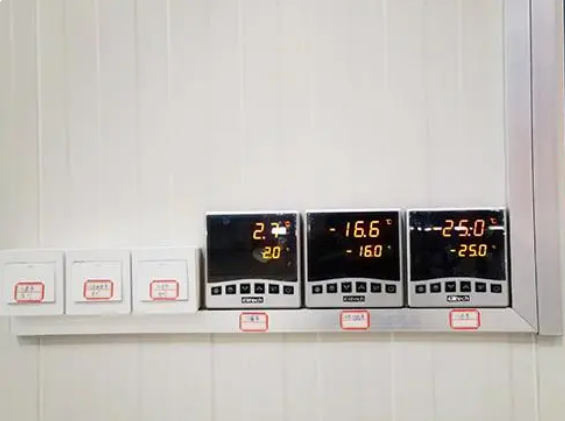Constructing a Temperature-Controlled Cold Storage Room in Your Basement
Building a Cold Room in the Basement A Practical Guide
In recent years, many homeowners have turned to the idea of creating specialized storage solutions within their homes, and one innovative trend is the establishment of a cold room in the basement. A cold room is an excellent way to preserve food, store wines, or maintain optimal conditions for other temperature-sensitive items. If you're considering building a cold room in your basement, this guide will help you navigate the essentials of the project.
Understanding the Purpose of a Cold Room
Before embarking on your cold room project, it is crucial to define its purpose. Cold rooms can serve various functions, such as storing vegetables, fruits, canned goods, or even maintaining wines at the appropriate temperature. By clarifying your objectives, you can tailor the design and features to meet your specific needs. For instance, a room dedicated to fruits and vegetables may require different humidity and temperature conditions than one designed for wine storage.
Choosing the Right Location
Selecting the right spot in your basement is vital for the functionality of your cold room. Ideally, it should be situated in a shaded area that is away from direct heat sources, such as water heaters or furnaces. High ceilings and insulation are advantageous here, as they create a more stable temperature environment. Additionally, ensure the area is easily accessible but does not interfere with any existing home systems or structures.
Designing the Space
Once you've identified the location, it’s time to design the layout of your cold room. A simple setup might include shelves made of wood or metal, allowing for proper air circulation while providing storage for your items. Consider adding a countertop for ease of use when sorting or packing products. Ventilation is also crucial; incorporating vents or a small fan can help maintain a steady airflow and temperature.
Insulation and Temperature Control
building a cold room in the basement

To maintain the desired cold temperature, effective insulation is key. Use insulated panels for the walls and ceiling to create a barrier that helps keep cold air in and hot air out. The flooring can also be insulated, but remember to use moisture-resistant materials to prevent mold growth.
For temperature control, consider installing a thermometer to monitor the environment regularly. Depending on the climate in your area, you might need to invest in a small cooling unit or heater for extreme temperature fluctuations. In most cases, a temperature range of 32°F to 40°F (0°C to 4°C) works well for produce storage, while wines typically require a range of 45°F to 65°F (7°C to 18°C).
Maintaining Humidity Levels
Humidity control is another critical aspect of a cold room. A humid environment can lead to spoilage, while too dry conditions can affect the quality of certain foods. Including a hygrometer will allow you to monitor these levels. If necessary, consider using a humidifier or dehumidifier, depending on your basement's natural moisture levels. A relative humidity of around 60-70% is ideal for most produce.
Finishing Touches
After setting up your cold room, consider adding lighting that is energy-efficient but does not generate heat. LED lights are a great option. To further protect your stored items, think about using dark, airtight containers that provide an extra layer of protection against pests and spoilage.
Conclusion
Building a cold room in your basement can be a rewarding project that offers both utility and convenience. Whether you’re looking to store seasonal produce or fine wines, a well-designed cold room can enhance your home's storage capabilities significantly. With careful planning, attention to detail, and the right materials, transforming part of your basement into a functional cold room is entirely achievable. Embrace the project, and soon enough, you’ll enjoy the benefits of your very own cold room!
















































































































